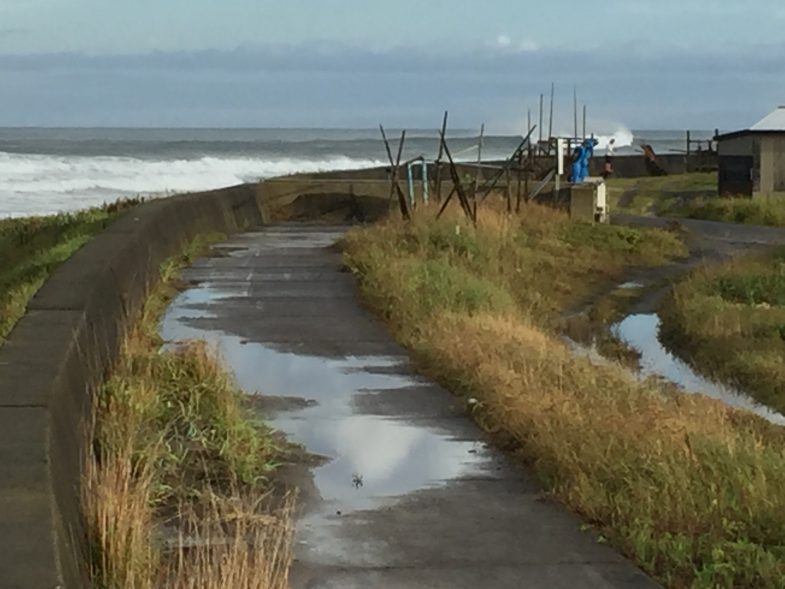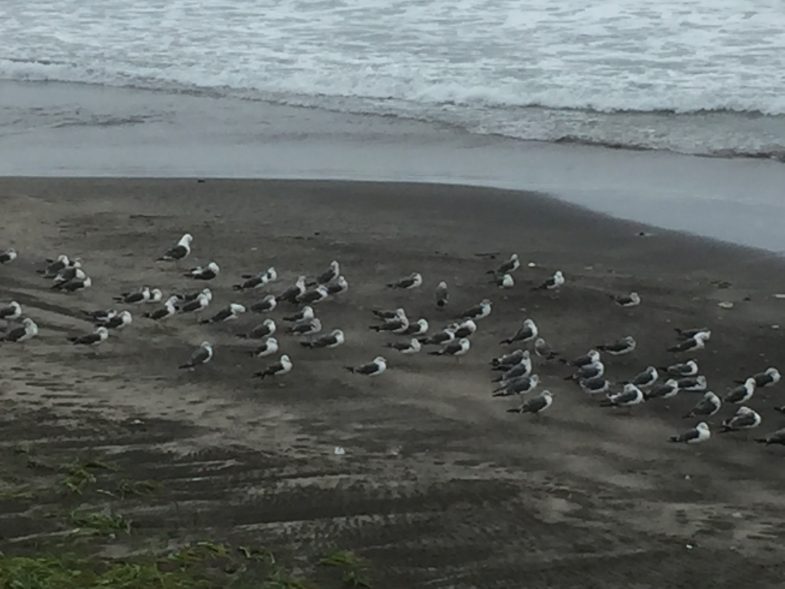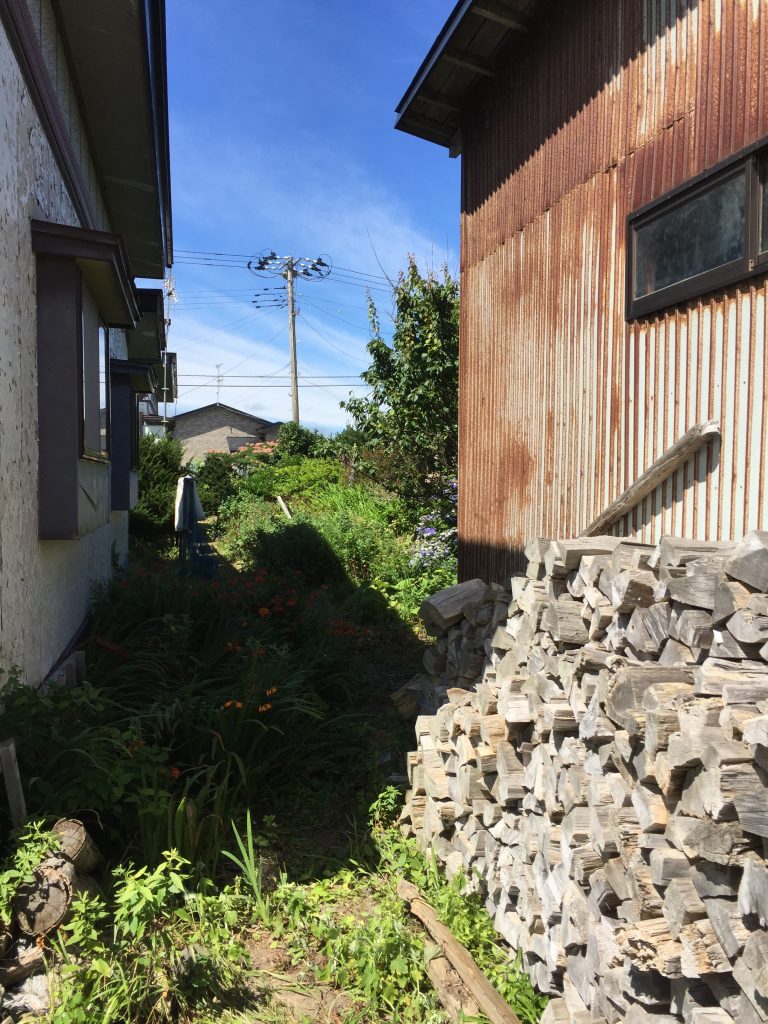
Axşam 5-dən əvvəl、Tayfun keçdi。Tayfun getməzdən əvvəl、Növbəti beş dəqiqədəki fərq dramatikdir.。Birdən əsən yağış və külək dayandı、Məhz mavi səmanı gördüyümü düşünəndə birdən günəş çıxdı.。dalğanın başlanğıcı、Qabıqlı balıq və xərçəng kimi.、insanlar hərəkət etməyə başlayır。
Tayfunun ölçüsünü nəzərə alsaq、Bu 5 dəqiqəlik dəyişiklik tayfunun çox sürətlə hərəkət etdiyini göstərir.。

